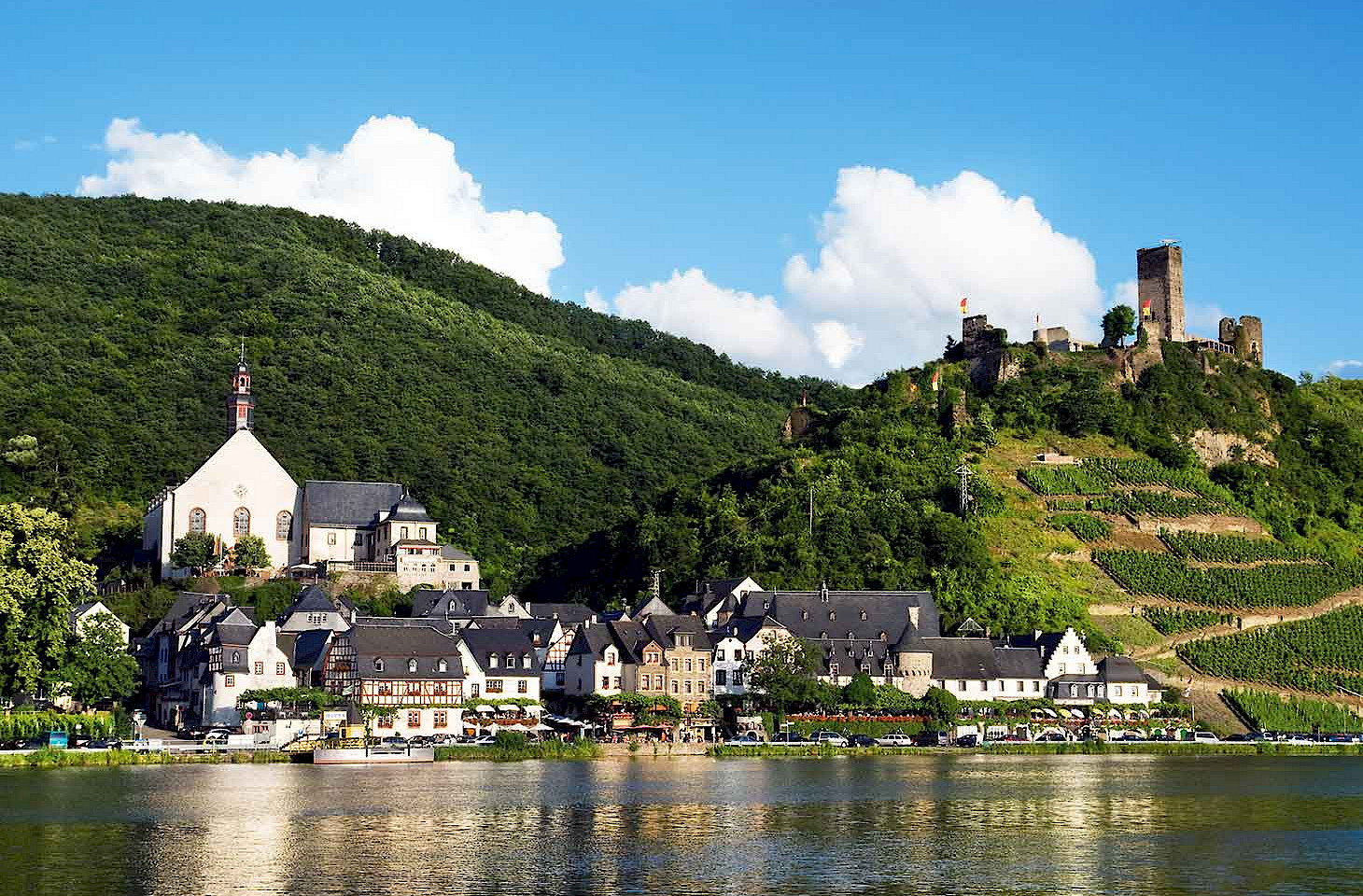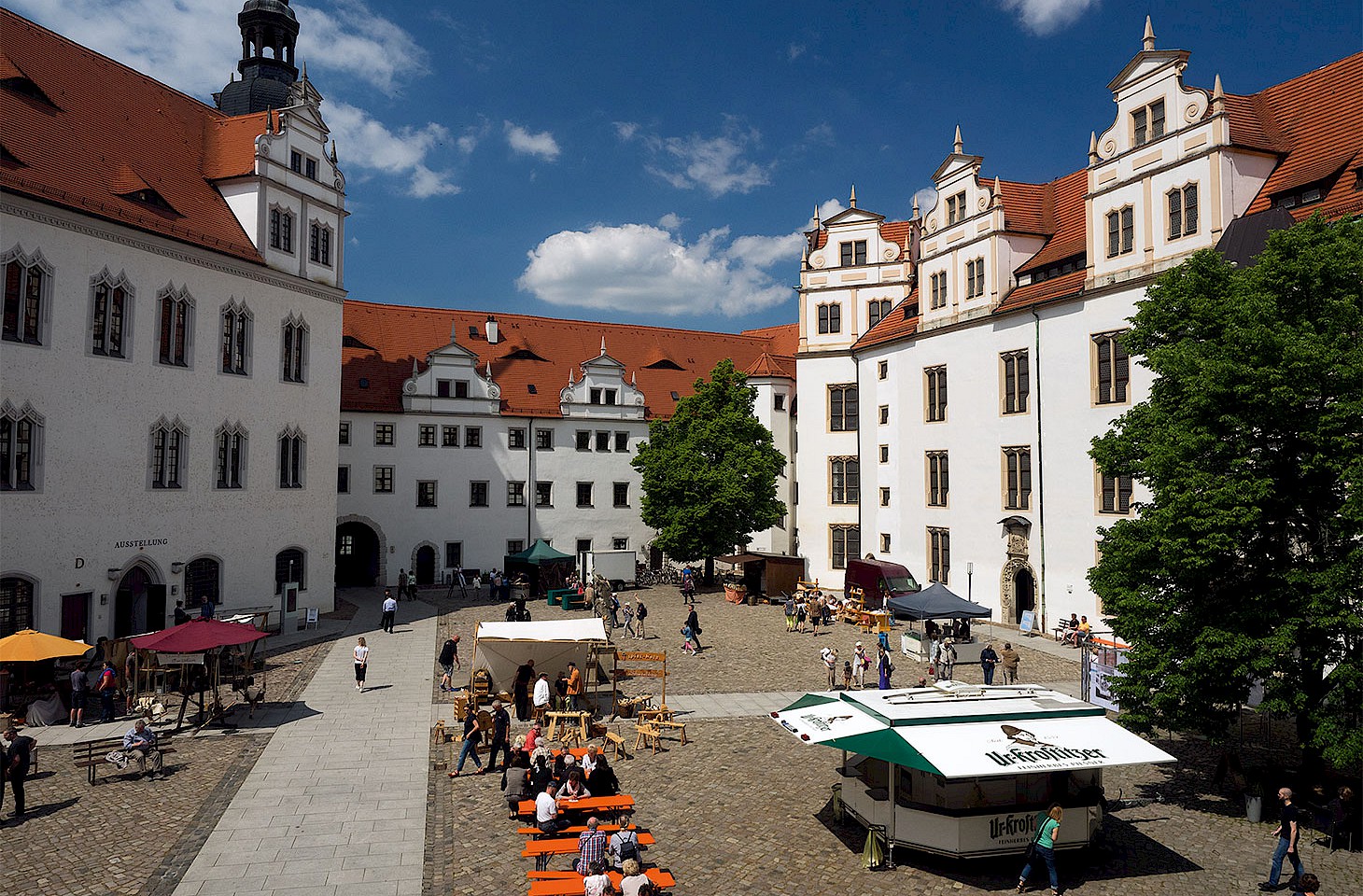The 2016 European rail timetables come into effect on Sunday 13 December 2015. As every year, there are winners and losers. Here is some of the good news. There will be a new Moscow to Sofia service, replacing the service via Ukraine which was axed last year. The new train runs via Warsaw and Belgrade, and becomes the first European train to serve seven capital cities on its journey.
The number of direct daily trains from Hamburg to Prague doubles (from two to four), and the journey time is trimmed by 20 minutes. There will be a new direct daytime train between Budapest and Warsaw, complementing the existing overnight service on the route. The new train will be a Eurocity service called the Varsovia; travel time from Budapest Keleti to Warsaw Centralna will be 9 hrs 35 mins. There will also be a new daytime train from Belgrade to Sofia.




